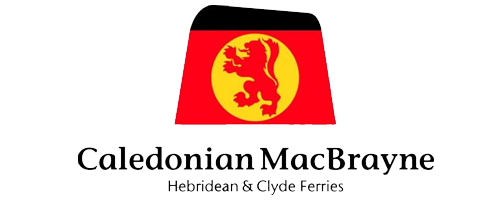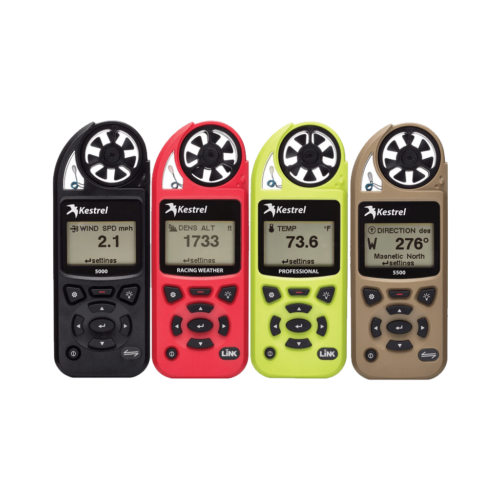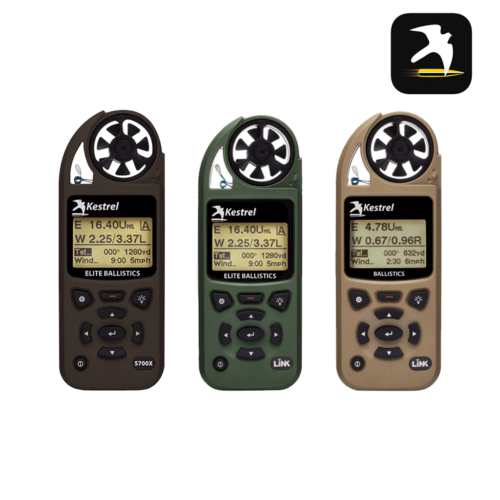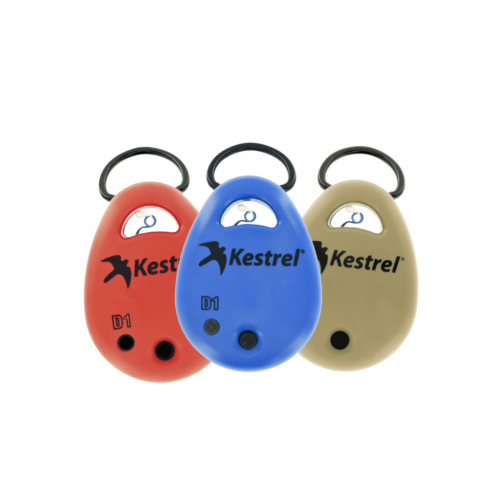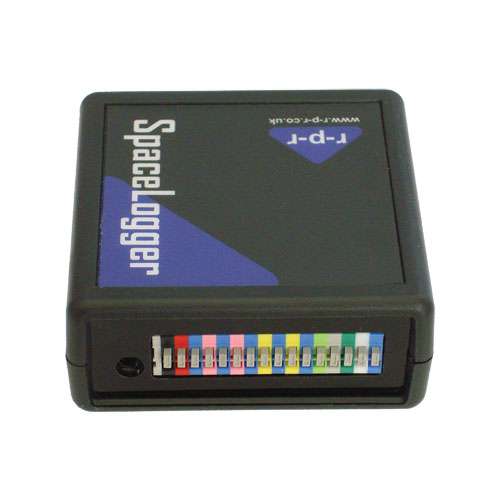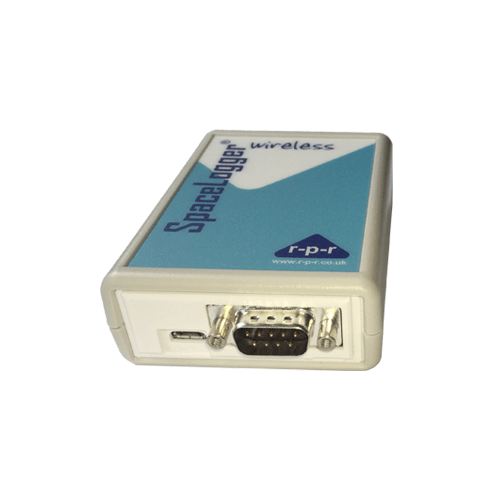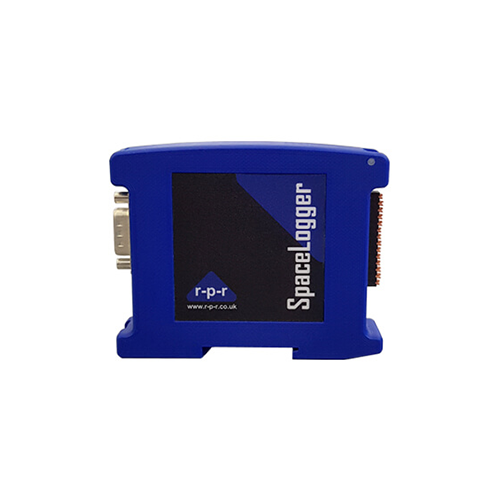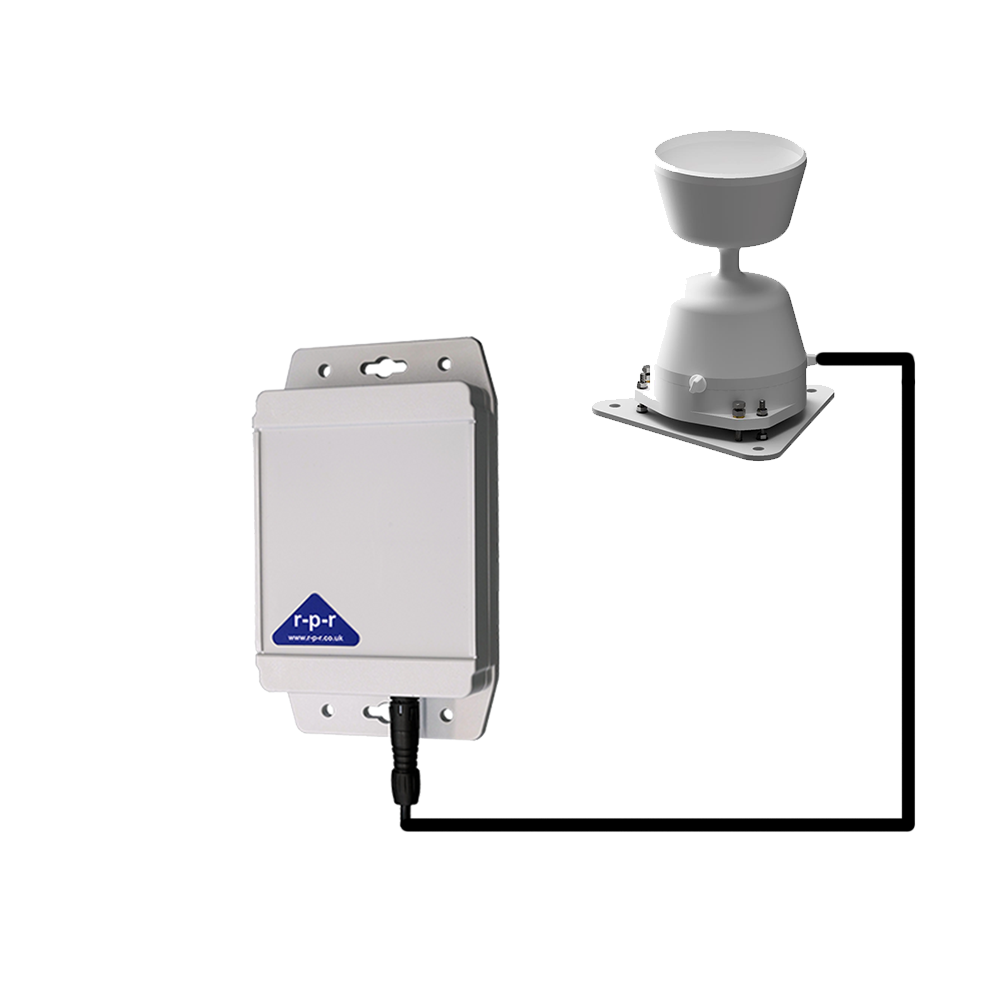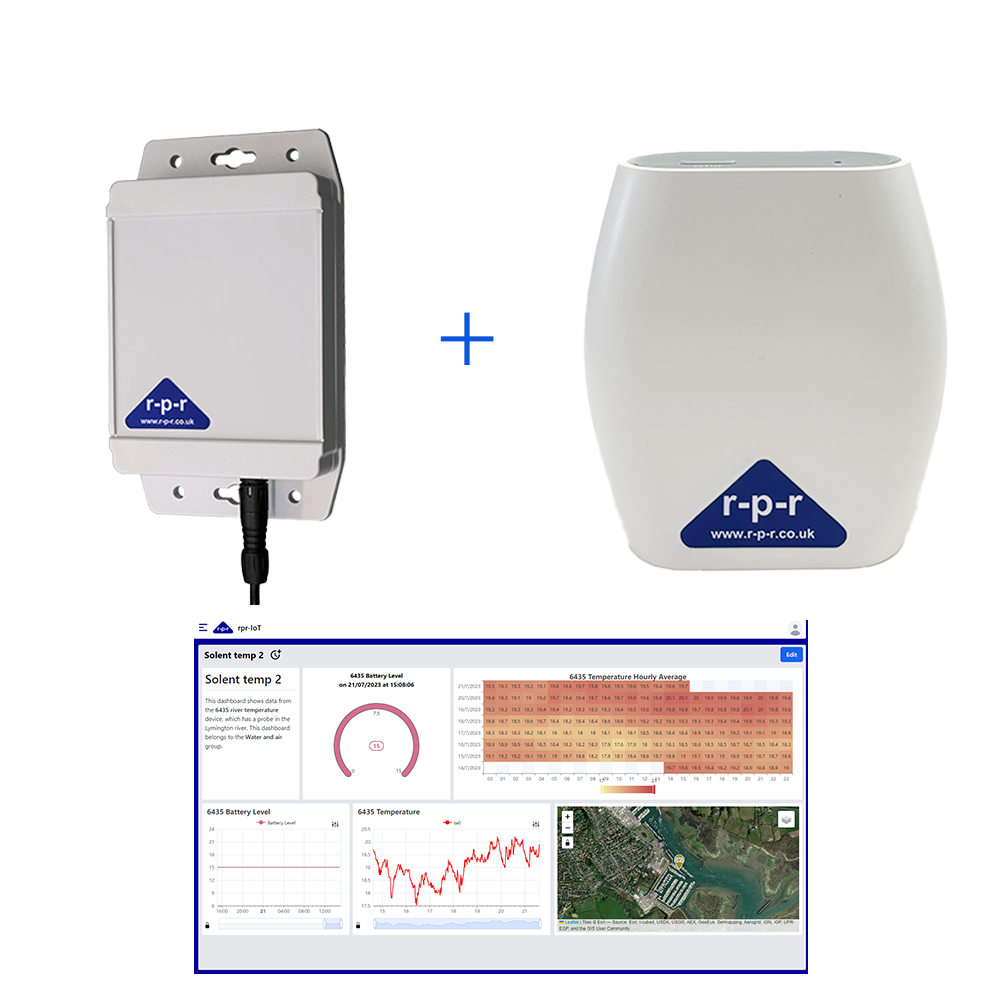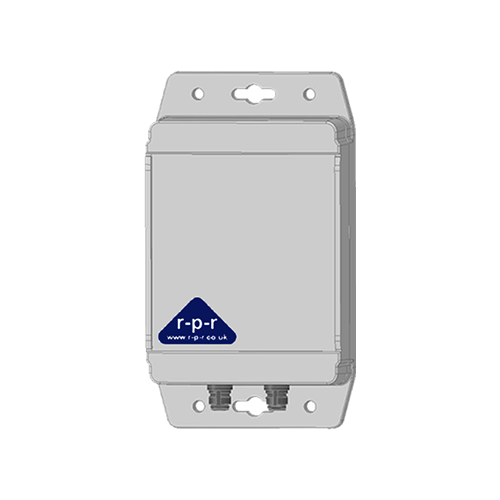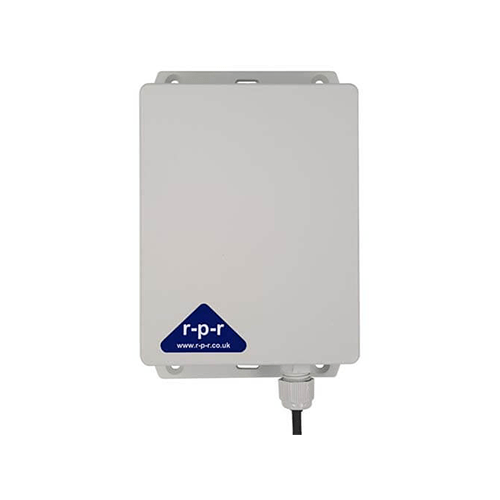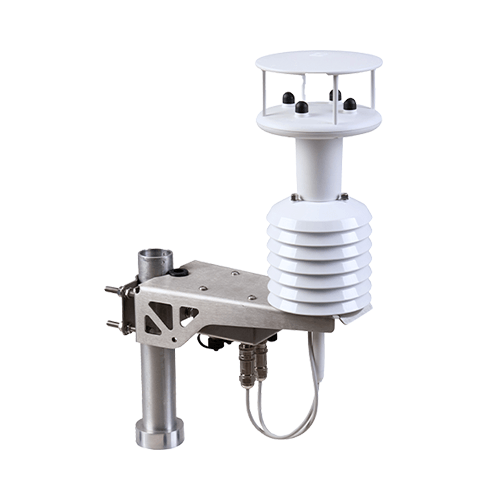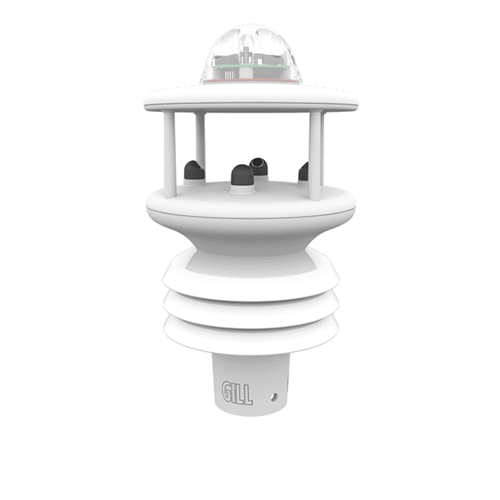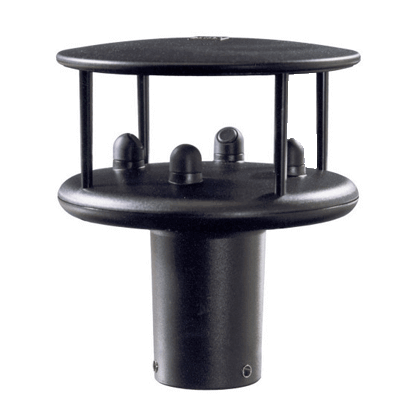
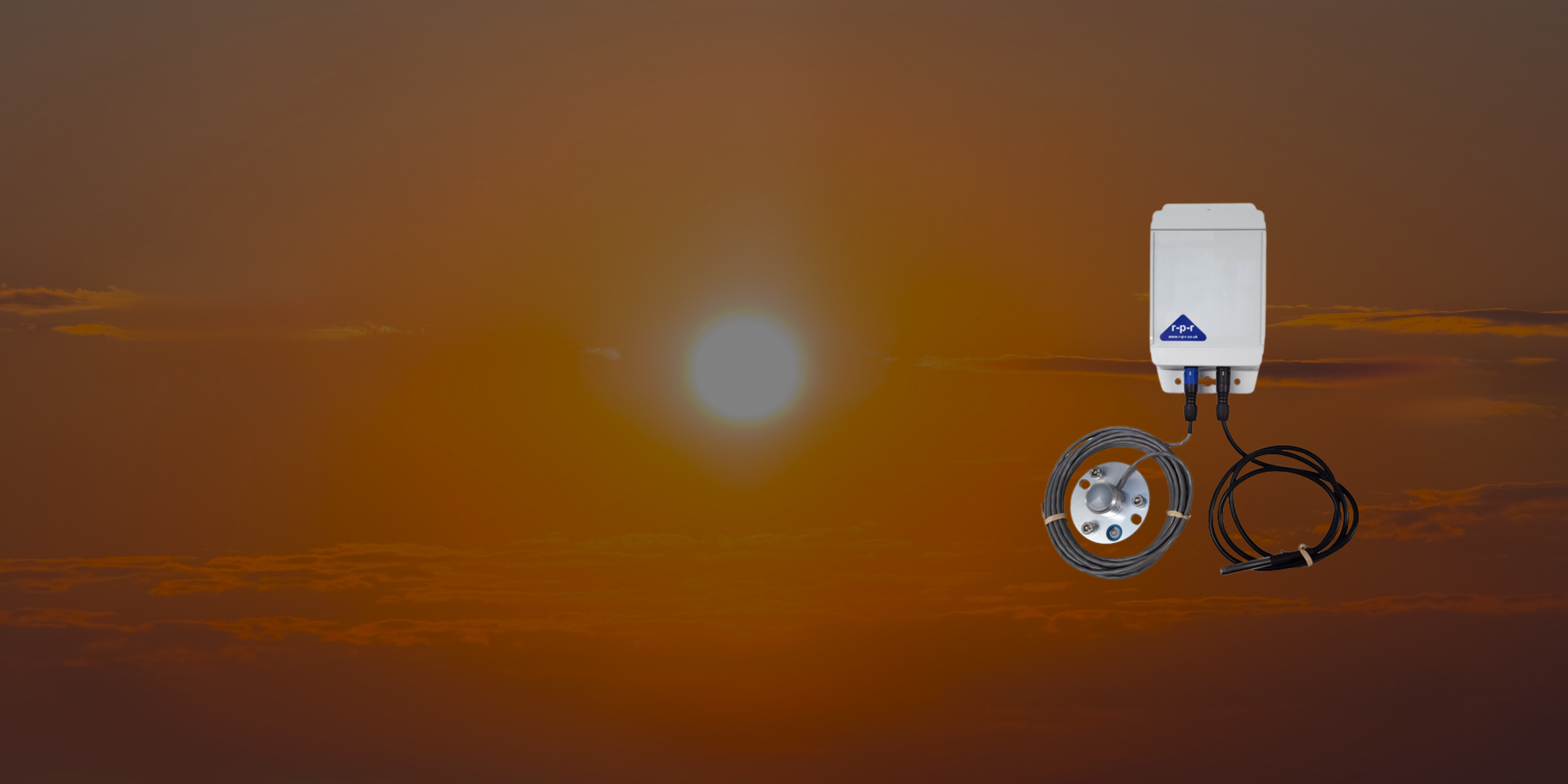

Kestrel Range
High-precision handheld weather instruments designed to provide real-time data on wind speed, temperature, humidity, barometric pressure, and more.
1
/
of
4
Data Loggers
Accurate and efficient data recording for a wide range of applications, including environmental monitoring, industrial processes, research, and education.
1
/
of
4
rpr-IoT Solutions
RPR-IoT solutions provide real-time, wireless environmental monitoring with seamless data collection, analysis, and remote access.
1
/
of
4
Weather Systems
Weather conditions monitoring with real-time data using advanced anemometers, WeatherFile Dashboard, and bespoke weather stations.
1
/
of
4

